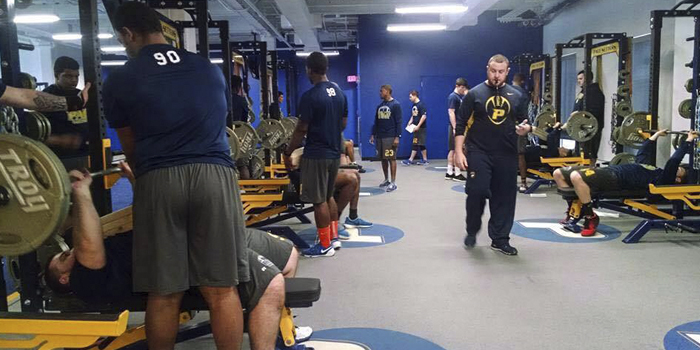
The world of college football off-season training can be kind of crazy. A lot of hype videos and chest thumping Instagram shots can cloud some of the smart and hard training that happens when these athletes get under the bar.
At Pace, we attempt to create a smart, intense, and hard-working training atmosphere. The culmination of our athletes’ progressing the right way through our program is their entrance into our Gold or Advanced program. The program levels are discussed in further detail later on in this article. Our off-season program for our Gold level is mainly based on conjugate training, using max effort, dynamic effort rotations, and rotating variations. This time of year, one of our primary training goals is to increase maximal strength.
RELATED: Maximum Effort Training for the Front Seven
The intent of this article is to present how we programmed the max effort variations we used over an eight-week off-season and how they compare percentage wise to the main lifts we tested. It must also be referenced that much of the inspiration for this off-season program came from Joe Kenn’s article “Maximum Effort Training for the Front Seven.”
Background
Before we dive into the how, why, and comparisons of our max effort variations, I will provide some background information on how we do things at Pace. First and foremost, our programming is based on the high-low sequencing system. In short, this means we organize our high-intensity days and low-intensity days within a week to allow for optimal recovery and supercompensation. Here is a quick look at how we organize our week.
[click to enlarge]
Our main three lifts are the box squat, bench press, and hang clean. We mainly focused our max effort work on the box squat and bench press, whereas the hang clean was used mostly submaximally and for dynamic effort purposes. We are extremely specific about how we teach the box squat and the bench press and have a ton of reasons for why we teach them the way we do. However, to get into all of that in detail, I would have to write separate articles on each, so here are some videos:
At Pace, we have three levels within our football program: the Gold or Advanced group, the Blue or Intermediate group, and the White or Beginner group. Our Gold group is the only group that truly gets the conjugate-style max effort training, so all of the data presented in this article are derived from the results of this group. At this time, we are fortunate to have more athletes in our Gold group than ever before at 15. Our athletes are placed into this Gold group based on their previous assessments in the weight room. Both technique and strength must be at high levels. We score all of our athletes’ techniques during our assessments (or testing) on a scale ranging from one to five, or bad to perfect. To make it into the Gold program, our athletes have to score a 3 or above on their techniques for the squat and the bench. If an athlete's form on one of the lifts is not up to par, the athlete will be limited to a lower-level program. Our athletes also have to be strong; for us, this means being able to do a 2x-bodyweight box squat and a 1.5x-bodyweight bench press. Big guys are given some leeway with this, as the total weight moving is still high. I also have to be able to trust our athletes under the bar before they can get into the Gold program. Our Gold program involves many different variations, and we will ask our athletes to do things correctly in terms of technique, effort, and straining. I have to trust that you can handle this.
Specifics
When we started our Gold program, we operated our max effort variations on three-week waves. The program has since grown to where we operate our max effort variations on one-week waves. This has allowed us to have numerous variations and to get creative in our approach to the off-season program.
Programming should start with the end in mind, so we started with knowing that we would do one rep maxes on our box squat and bench press during week nine. One unfortunate thing we have had to deal with due to our school calendar is that Spring Break is during week eight. So, instead of having a short off-season program, we treat Spring Break as a deload week and instruct the athletes to get under the bar but to treat it like a normal deload week. We have had to battle this the past two years; fortunately, the athletes have done a great job of staying active over the break and coming back ready to go for our testing week. The advantage that this gives us is the ability to train longer. We typically deload in a block during week four anyway, so now we can spend just one week deloading with the guys on campus and the other one comes naturally.
After we determined our testing, we began programming. We went in a 5RM-3RM-1RM wave. This means week one and week five were five rep maxes, weeks two and six were three rep maxes, and weeks three and seven were one rep maxes. The variations we used would start further away from the movement we were going to test and work to the variations closer to the movement we would test. For us, this resulted in the process depicted below.
[click to enlarge]
We used this process for a few specific reasons. For the squat, we decided to stay on the box for all of our max effort work to reinforce the proper technique and to keep our guys healthy while handling heavy loads; in all honesty, it’s also something on which we sell our program, and it works! So, why not do it? That being said, we have a couple of variations: safety bars, straight bars, bands, and chains. We decided to keep the straight weight variations closer to testing to allow the guys to adapt to the high straight weight being on their backs for testing. For the squat, we started the off-season with accommodating resistance and working toward straight weight. This provided a couple of advantages: We could increase the force production, and we could keep the wear and tear down early in the off-season with less weight on the joints at the hardest part of the lift.
For the bench press, we decided to stay with straight weight the entire time but still kept with the trend of starting further away from the main lift and working toward variations closer to the main lift.
The one caveat we did have is that in week six, we did a 3RM of the main lift. This was used as one of our straight weight variations, as it gave our guys a max effort day during which they could test the lift before the actual testing day occurred three weeks later.
Ultimately, this programming resulted in great improvements for us across the board with all of our advanced guys. The results are below:
Programming
As stated before, this program takes a lot of inspiration from Joe Kenn’s article “Maximum Effort Training for the Front Seven,” and this is where much of the original programming came from. In the first year of this type of programming for the off-season, we followed very closely with three-week max effort waves, working on a 5RM the first week, 3RM the next, and 1RM after that. What we do differently is we operate on one-week max effort waves. We still have 7.5% jumps in each set, but we also calculate the difficulty of the variation in the percentages. For us, this means that if we are calculating for the elitefts Safety Squat Bar, we have to take in a higher difficulty of 5-10%. In other words, if we want to squat with around 85% intensity but are using the Safety Squat Bar, we will calculate the percentage to be between 75-80% of their training max. Here is what the real percentage intensity should be if we are training on our main lift:
And here are the different variations used and how these variations changed the percentages:
Now you may be asking how we figured this out or know what percentages to train off of. Because we started using this type of system for our off-season and summer training, I have tracked each athlete’s final set, whether that be the bonus set or one of his last sets. Then, I calculated out the athlete’s max with that variation using the old formula: weight x reps x .0333 + weight = 1RM. Next, I compared what this formula said with each athlete’s max on his main lift, box squat, or bench press. From there, I could devise the difficulty of each variation and calculate for that in my programming.
A quick side note on the bonus sets: The bonus set was always intended to be for those who earned the set. The athlete must have achieved all of the prescribed reps on the fifth set and done them well to attempt the bonus set. If an athlete struggles on the fifth set and misses a rep or two, or even if he hits all of the prescribed reps but is slow and sloppy, we shut him down.
Also, a quick side note on how we programmed the accommodating resistance for the max effort squat variations that used this. With most of our student-athletes’ box squat training maxes ranging from 450 to 600 pounds, we kept the accommodating resistance the same for everyone. When using bands, everyone used the elitefts Pro Average Resistance Bands, and when using chains, we used two chains on each side of the bar.
Comparing
For the comparisons of the difficulty of different variations compared with the main variations.
Squat variations were much further from our main movement than our press variations were, although this was to be expected. There were some unexpected things, though. Surprisingly, the safety bar box squat was calculated out to be only 3% less than our main lift max was. This was likely due to adaptations of strength gains seven weeks into the program. On the bench press side, I found it interesting that most variations did not deter much from the main lift, with all of the averages falling within 5% away from the main lift. This could be due to adaptations of strength gains as we progressed through the program.
Overall, you can see a couple of trends with these different variations. Accommodating resistance in the squat variations accounts for anywhere from 15-20% of the difference compared with the main lift. The FB Bar (or neutral grip bar) is the hardest bar variation that was programmed, likely due to the increased triceps activation. In addition, clearly, certain individuals will peak with specific variations compared with others as is evident by the wide ranges. Ultimately, when you rank the difficulties of the variations, it comes out to this:
Conclusion
For anyone using the conjugate method, this article will hopefully be a beneficial tool for determining how specifically to program it for athletes. Having knowledge of the level of difficulty of a variation has helped me in the past. It has allowed me to stay true to one principle of the conjugate method (the use of variations) while also being organized and giving my athletes direct percentages to work off of. This article should help anyone else looking to implement different variations with their athletes.
References
- Kenn, J. (n.d.). Maximum Effort Training for the Front Seven. Elitefts.com. Retrieved from https://www.elitefts.com/education/maximum-effort-training-for-the-front-seven/.
Troy Thompson is the director of strength and conditioning at Pace University in Pleasantville, New York. Troy has worked as a strength coach at all levels of the National Collegiate Athletic Association with stops as an assistant at Old Dominion University and Wofford College and as a volunteer assistant and intern at Denison University. Troy is certified through the National Strength and Conditioning Association as a Certified Strength and Conditioning Specialist. In addition, he has his master’s degree in public administration from Pace University and his bachelor’s degree in exercise science from Capital University. Troy played football collegiately at Capital University and is originally from Pickerington, Ohio.











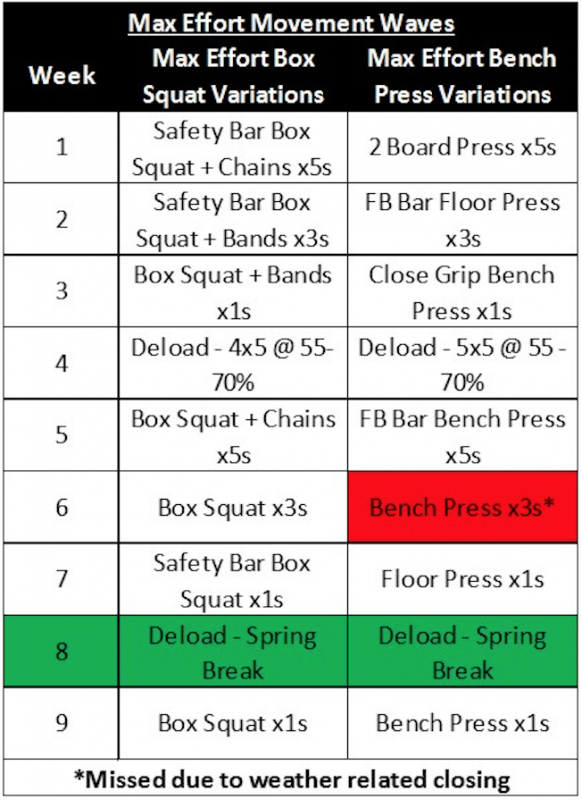

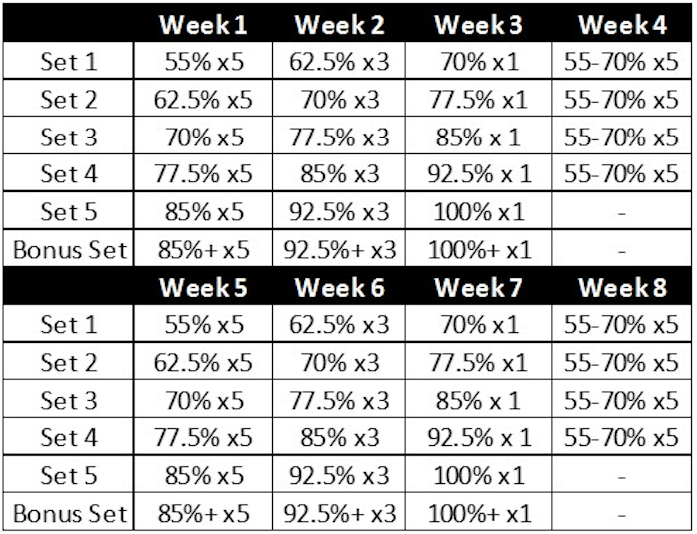
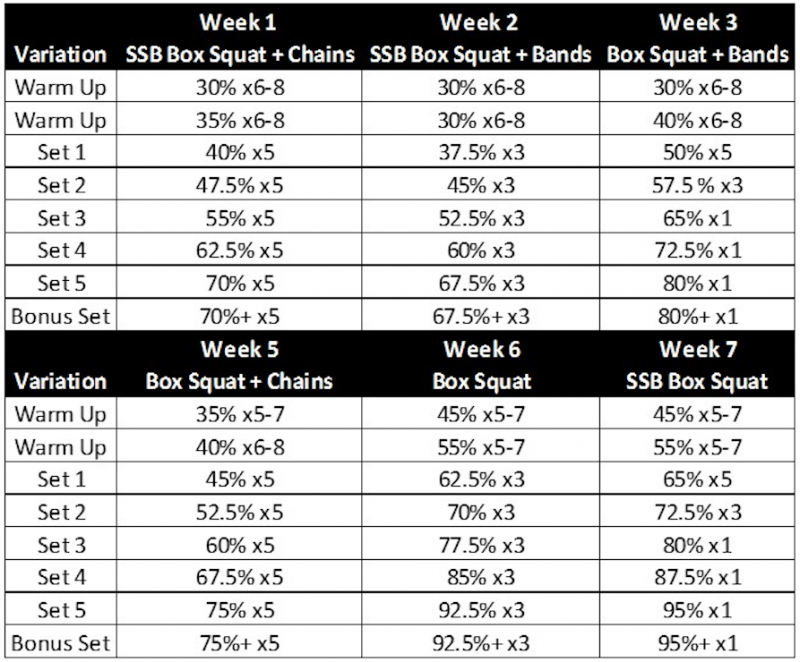
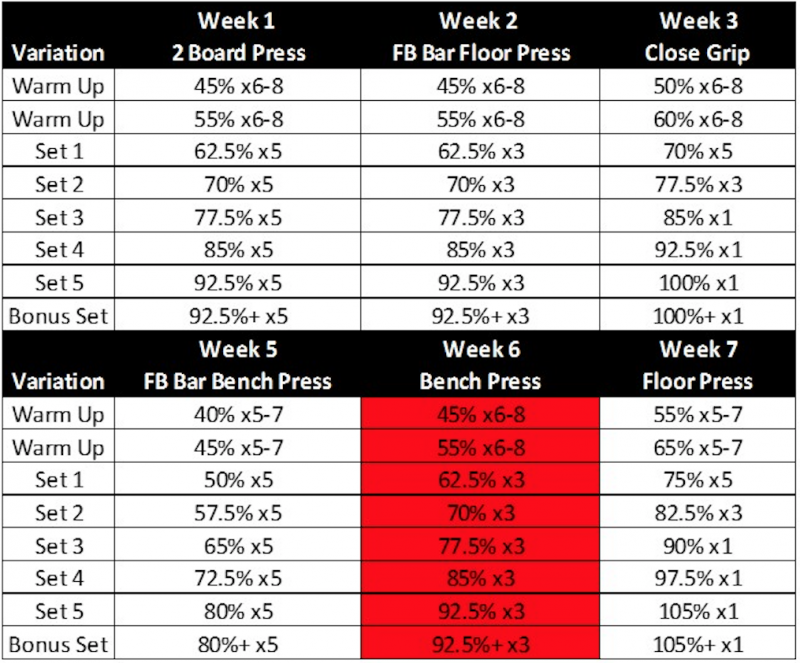
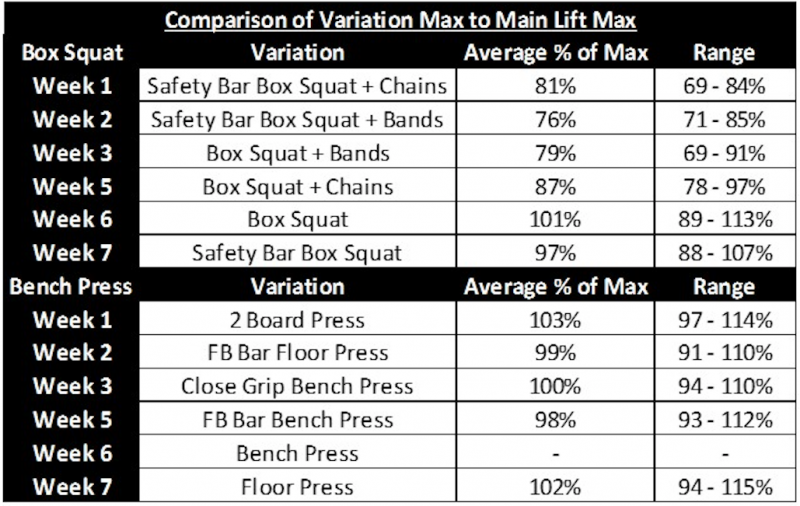


Thanks for the great information.
In your high/low graphic, how much time is given between the run and lift sessions in a day?
Thanks,
Jeff
I will contact you soon and we can discuss, that's probably a whole article in itself.
Jeff,
The time between the run and lift sessions varied. It largely depended on class schedules and facility availability. The smallest gap was about 2 hours and the largest was about 6 hours which is more ideal, in my mind if you are going to do two independent sessions.
Regards